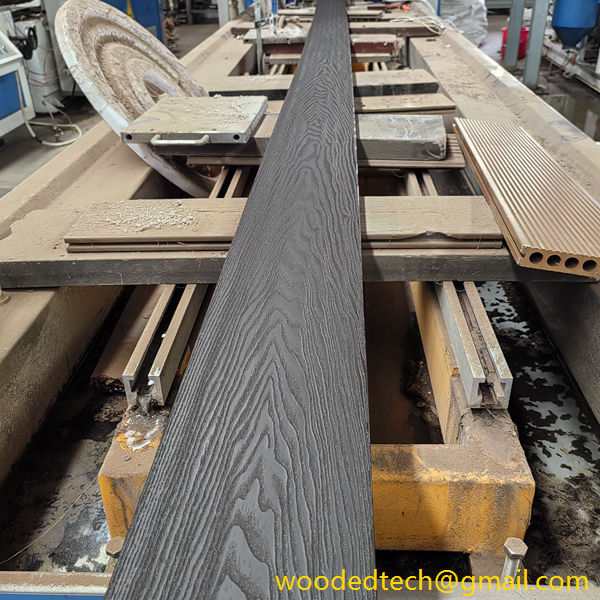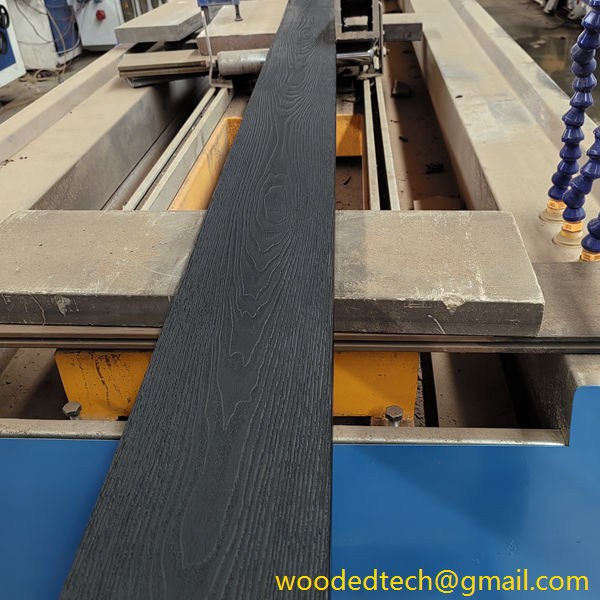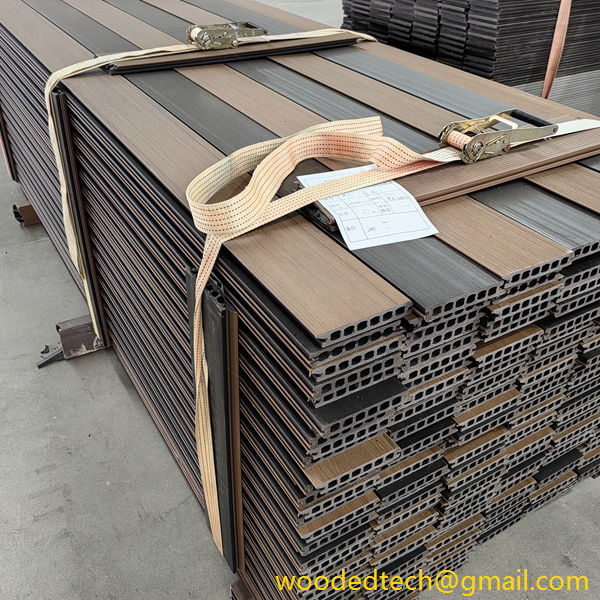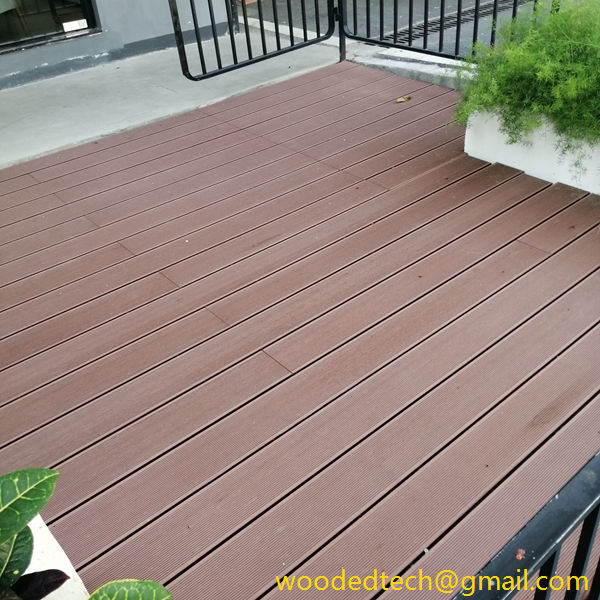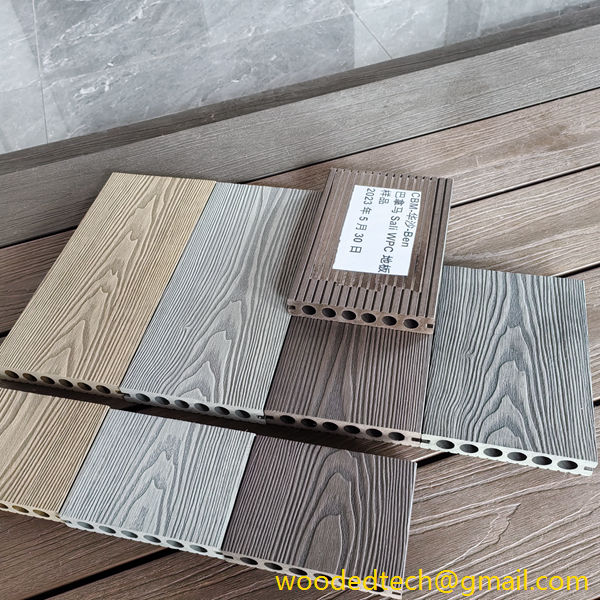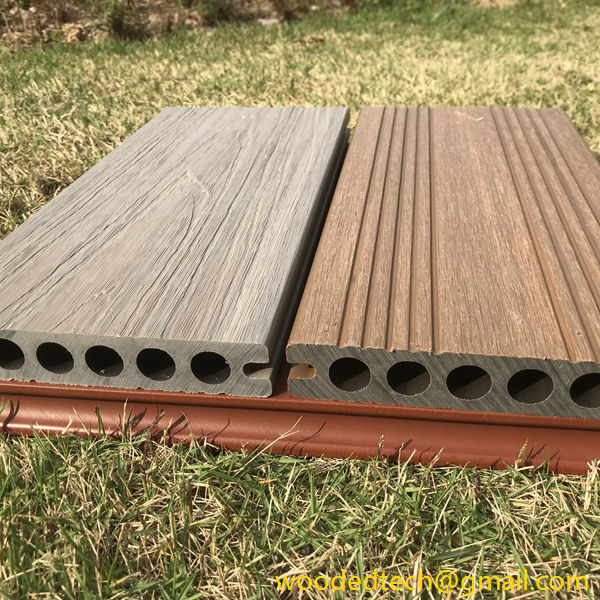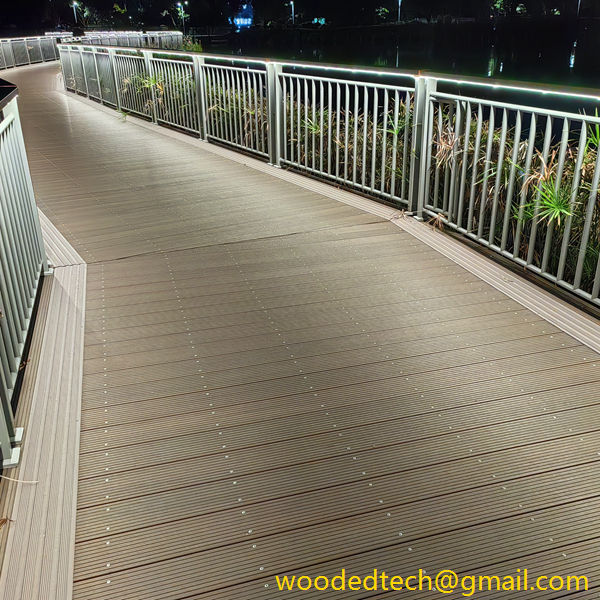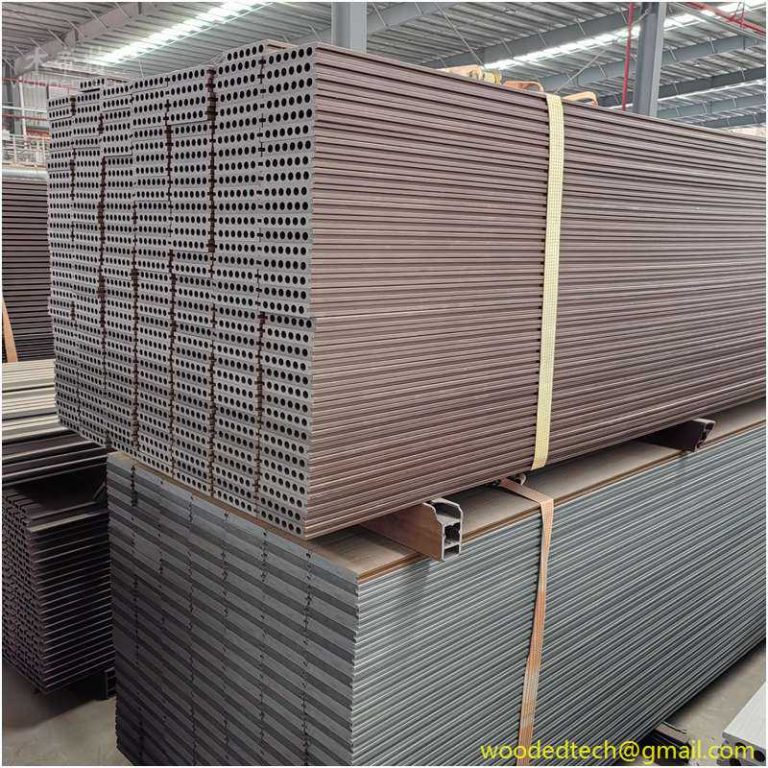Ensure Stability with WPC Flooring Stable Solutions for Your Space
Ensure Stability with WPC Flooring Stable Solutions for Your Space As the global demand for durable and aesthetically pleasing flooring solutions continues to grow, manufacturers are increasingly turning to Wood Plastic Composite (WPC) flooring as a reliable option. WPC flooring combines the best of both worlds, offering the natural look of wood while harnessing the…
Ensure Stability with WPC Flooring Stable Solutions for Your Space
As the global demand for durable and aesthetically pleasing flooring solutions continues to grow, manufacturers are increasingly turning to Wood Plastic Composite (WPC) flooring as a reliable option. WPC flooring combines the best of both worlds, offering the natural look of wood while harnessing the resilience and low maintenance of synthetic materials. This article explores the advantages of WPC flooring, its growing importance in the global market, and how production capacity distribution plays a vital role in ensuring stability and availability for consumers worldwide.
WPC flooring is composed of a mixture of wood fibers and thermoplastics, which are engineered to provide a stable and robust product. This unique composition makes it resistant to moisture, mold, and mildew, making it an ideal choice for areas where traditional hardwood might struggle. Additionally, WPC flooring is designed to withstand the rigors of daily use, making it suitable for both residential and commercial spaces. The ability to mimic the appearance of natural wood while offering enhanced durability has made WPC flooring a popular choice among consumers looking for long-lasting solutions.
One of the most significant advantages of WPC flooring is its versatility. Available in various designs, colors, and textures, WPC flooring can seamlessly blend with any interior design scheme, from modern to rustic. This adaptability makes it an attractive choice for homeowners and businesses alike. Furthermore, WPC flooring is easy to install, often featuring click-lock systems that allow for quick and efficient installation without the need for glue or nails. This ease of installation not only saves time but also reduces labor costs, making WPC flooring a cost-effective option.
From a global perspective, the production capacity of WPC flooring is influenced by several factors, including raw material availability, technological advancements, and regional market demands. Countries with abundant wood resources and advanced manufacturing capabilities, such as the United States, Germany, and China, are leading producers of WPC flooring. These nations have invested in modern production technologies that enhance efficiency and quality, allowing them to meet the growing global demand.
However, the distribution of production capacity is not uniform across the globe. Emerging markets in Southeast Asia, Latin America, and Eastern Europe are witnessing a surge in WPC flooring production as local manufacturers recognize the opportunity to tap into this lucrative market. The availability of affordable raw materials, coupled with lower labor costs, enables these manufacturers to produce competitive products that cater to both domestic and international consumers.
The stability of WPC flooring supply is critical in maintaining market equilibrium. As demand fluctuates due to changing consumer preferences and economic conditions, manufacturers must be able to adapt their production capacities accordingly. This flexibility is essential for ensuring that consumers have access to WPC flooring solutions when they need them. Additionally, maintaining a balanced distribution of production capacity across different regions helps mitigate risks associated with supply chain disruptions, ensuring that manufacturers can continue to meet demand even in challenging circumstances.
Moreover, sustainability is becoming an increasingly important factor in the global flooring market. As consumers become more environmentally conscious, manufacturers are seeking to produce WPC flooring using sustainable practices. This includes sourcing wood fibers from responsibly managed forests and using recyclable thermoplastics. By integrating sustainability into their production processes, manufacturers can meet the expectations of eco-conscious consumers while also contributing to the preservation of natural resources.
The growth of e-commerce has also transformed the way WPC flooring is marketed and distributed. Online platforms provide consumers with access to a wide range of products from various manufacturers, enabling them to compare prices and features easily. This shift towards online shopping has encouraged manufacturers to optimize their distribution strategies to reach potential customers more effectively. By leveraging digital marketing and e-commerce platforms, manufacturers can expand their reach and increase their market share.
However, as the market for WPC flooring continues to expand, manufacturers must also be mindful of potential challenges. Competition is intensifying, with new entrants seeking to capitalize on the growing demand. To maintain their competitive edge, established manufacturers must focus on innovation, product quality, and customer service. Investing in research and development can lead to the creation of new and improved WPC flooring products that meet the evolving needs of consumers.
In conclusion, WPC flooring stands out as a stable solution for various spaces, offering durability, versatility, and aesthetic appeal. The global distribution of production capacity plays a crucial role in ensuring that consumers have consistent access to these products. As the market continues to evolve, manufacturers must remain agile and innovative, adapting to changing consumer preferences and market dynamics. By prioritizing sustainability and leveraging e-commerce opportunities, manufacturers can position themselves for success in the competitive WPC flooring market. Ultimately, the stability and quality of WPC flooring solutions contribute significantly to enhancing the overall experience of creating beautiful and functional spaces.

